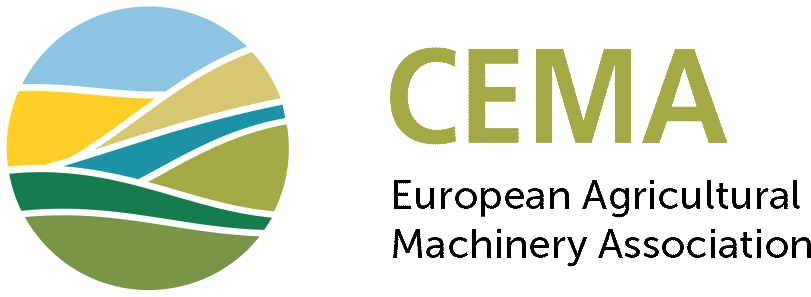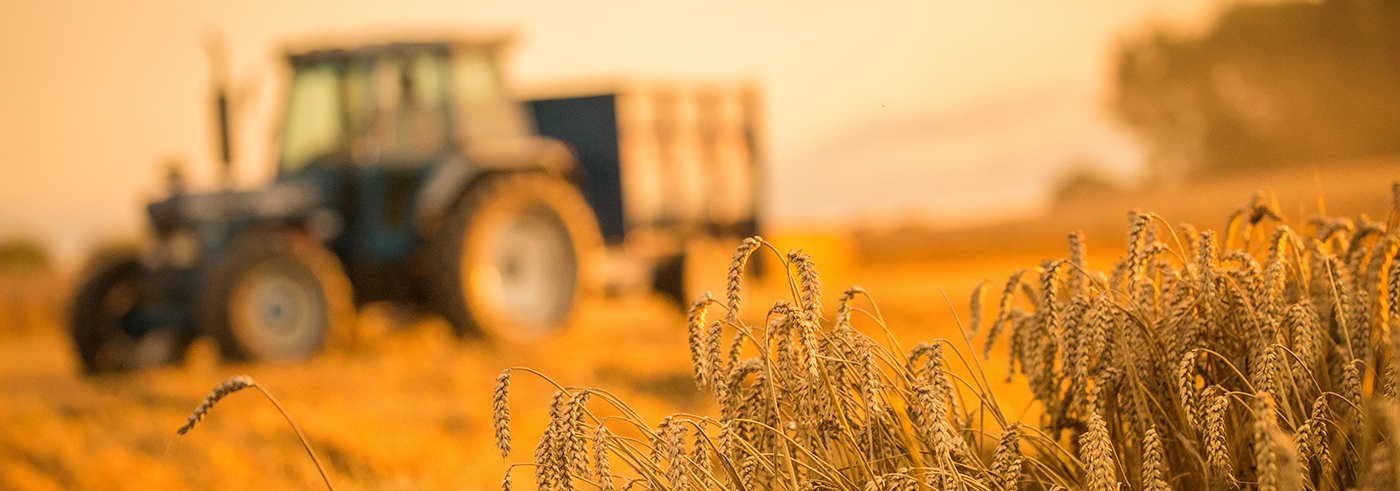In August 2024, CEMA, the European Agricultural Machinery Industry Association, released a position paper calling on the European Commission to adapt the upcoming EU Artificial Intelligence (AI) Act to better suit the realities of non-road machinery used in agriculture. As the EU moves forward with the world's first comprehensive AI regulation, CEMA emphasizes the need for harmonization between the AI Act and existing regulations such as the Machinery Regulation and the Agricultural and Forestry Vehicles Regulation.
AI promises to revolutionize the agricultural sector by improving precision, reducing environmental impact, and boosting productivity. However, CEMA highlights concerns that the broad definitions and risk classifications within the AI Act may impose unnecessary regulatory burdens on manufacturers. In particular, they stress the need for clearer guidance on defining "high-risk" AI functions and "safety components," which could subject certain AI-driven agricultural machinery to costly and redundant third-party certification processes.
CEMA is advocating for a more flexible regulatory framework, one that allows for self-certification based on comprehensive risk assessments, rather than defaulting to third-party assessments for high-risk AI systems. They argue that agricultural AI systems, which primarily operate in low-risk, rural environments, should not be over-regulated, as this could slow innovation and increase costs for farmers.
By ensuring coherence across different legislative frameworks, CEMA hopes to foster a regulatory environment that encourages the adoption of AI in agriculture while maintaining safety, sustainability, and competitiveness.
For more details, you can read CEMA's full position paper here.









